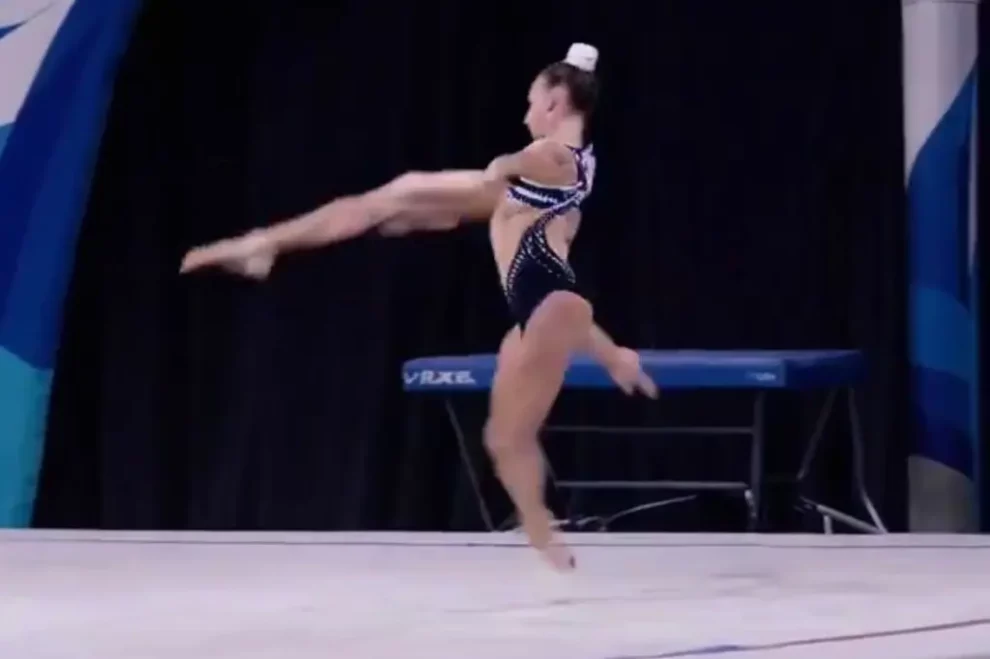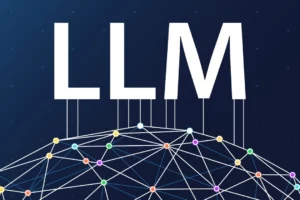A disturbing demonstration of artificial intelligence’s current limitations has emerged through a viral video showcasing OpenAI’s new Sora video generator, where a virtual gymnast transforms into a body-horror spectacle complete with spontaneously appearing limbs and a detaching head. This unsettling display offers crucial insights into both the current state and future challenges of AI video generation technology.
The video, which spread rapidly across social media platforms on Wednesday, depicts what initially appears to be a standard Olympic-style floor routine. However, the performance quickly descends into the realm of the bizarre as the gymnast’s body undergoes impossible transformations, sprouting additional arms and legs while executing flips and twirls. Perhaps most jarring is a moment roughly nine seconds into the clip where the performer’s head temporarily detaches before inexplicably reattaching itself.
Venture capitalist Deedy Das, who generated the video using Sora, shared it on X (formerly Twitter) with the observation that gymnastics remains “the Turing test for AI video.” The prompt used to create the video was notably complex, incorporating detailed technical gymnastics terminology and specific positioning instructions, which were themselves generated using Anthropic’s Claude AI system.
Das revealed that his choice to test Sora with gymnastics was deliberate, noting his previous experience with text-to-video models consistently struggling with complex physical movements. While he acknowledged some improvements in character consistency compared to earlier attempts, the final result remained, in his words, “downright horrifying.”
The technical reasons behind these disturbing glitches, often referred to as “jabberwockies” in the AI community, stem from fundamental limitations in how video generation AI systems operate. Sora, like other AI video generators, creates content by drawing upon statistical associations between words and images from its training data, making continuous predictions for each subsequent frame based on the previous one.
While OpenAI has implemented features to maintain coherency across multiple frames, the system’s struggle with rapidly moving limbs reveals its inability to truly understand physical laws or human anatomy. Instead, it relies on pattern matching from its training dataset, which leads to confused amalgamations when attempting to recreate complex movements it hasn’t seen enough examples of during training.
This phenomenon isn’t unique to Sora. Similar tests with other AI video generators, including the open-source Hunyuan Video model, produced equally nonsensical results when attempting to generate gymnastic routines. These consistent failures across different platforms highlight a broader challenge in AI video generation: the gap between statistical pattern matching and genuine understanding of physical reality.
The term “jabberwocky,” borrowed from Lewis Carroll’s famous nonsense poem, has emerged as a fitting description for these AI-generated aberrations. Unlike simple confabulations or hallucinations, which might at least maintain internal coherence, these jabberwockies represent complete breakdowns in logical representation, producing output that defies both physics and common sense.
Looking toward the future, experts suggest that achieving more realistic results will require not just larger quantities of training data but also better quality data with more precise labeling. The hope among AI researchers is that eventually, these systems might develop into “world simulators” capable of encoding fundamental physics rules and producing consistently realistic results.
However, the current state of the technology, as demonstrated by the gymnast video, suggests this goal remains distant. While OpenAI has made significant strides in improving video generation, including using AI vision models to better label training videos, the results still fall short of convincing human movement simulation.
The progression of AI video generation technology may follow a similar path to that of AI image synthesis, which evolved from producing abstract shapes to increasingly realistic imagery. This trajectory suggests that while current limitations are significant, they may be temporary as the technology continues to develop.
For now, these jabberwocky moments serve as both a source of entertainment and a reminder of AI’s current limitations. They highlight the vast complexity involved in accurately simulating human movement and physical interactions, while also demonstrating the considerable distance still remaining before AI can truly achieve what researchers term the “illusion of understanding” in video generation.
As the field continues to evolve, these unsettling gymnastics routines may one day be viewed as early artifacts of a developing technology, much like the crude early attempts at AI-generated images. Until then, they serve as fascinating examples of the challenges facing AI developers as they work toward more sophisticated and coherent video generation capabilities.
















Add Comment